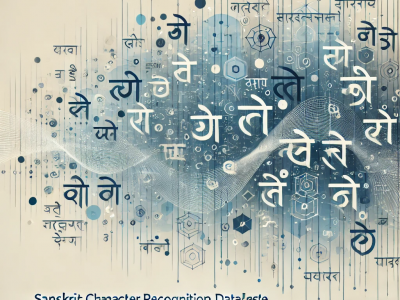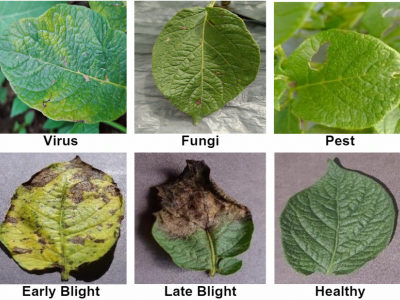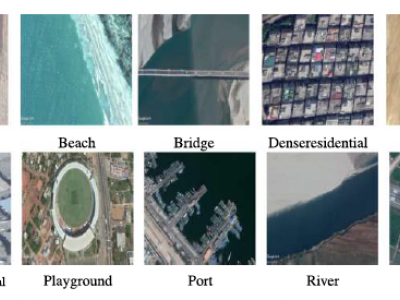Image
Defect pattern recognition (DPR) of wafer maps is critical for determining the root cause of production defects, which can provide insights for the yield improvement in wafer foundries. During wafer fabrication, several types of defects can be coupled together in a piece of wafer, it is called mixed-type defects DPR. To detect mixed-type defects is much more complicated because the combination of defects may vary a lot, from the type of defects, position, angle, number of defects, etc. Deep learning methods have been a good choice for complex pattern recognition problems.
- Categories:
 45 Views
45 Viewsdataset on Indian banknotes that was collected to aid research in fields like financial technology, security, and machine learning. The collection contains notes for both older and more recent generations of Indian currency, including ₹1, ₹2, ₹5, ₹10, ₹20, ₹50, ₹100, ₹200, and ₹500. Each note has been carefully scanned and sorted. Important details have been noted, including the note's design, serial number, and security features including small printed text, security threads, and watermarks. We systematically gathered, checked, and labeled every note in order to create this dataset.
- Categories:
 302 Views
302 ViewsThe "Sanskrit Character Dataset" includes 44 classes of handwritten Sanskrit characters, designed to support research in optical character recognition (OCR) and machine learning for ancient languages. Each class represents a unique Sanskrit letter, collected in various handwriting styles to ensure diversity and robustness. For each class, 50 to 80 images are included. To ensure diversity and real-world applicability, the letters were written in various handwriting styles.
- Categories:
 302 Views
302 Views
- Categories:
 53 Views
53 ViewsThe potato plant disease detection dataset comprises 5,748 images of potato leaves categorized into six classes: Early Blight (1,000), Fungi (748), Healthy (1,000), Late Blight (1,000), Pest (1,000), and Virus (1,000). The dataset was collected from various open-access sources and integrated class-wise for comprehensive analysis. This dataset provides a robust foundation for training and evaluating convolutional neural networks in plant disease detection.
- Categories:
 1017 Views
1017 ViewsThe Asian Subcontinent Dataset (ASCD) is a multisensor dataset that includes geospatial data collected from different countries within the Asian subcontinent, specifically India, Bangladesh, and Sri Lanka. The dataset consists of imagery captured through two main sources: Google Earth Pro software and IKONOS-2 satellite images. ASCD includes 14 distinct land cover classes, ranging from urban areas to natural environments, with 1,674 images. The number of images in each land cover class varies between 100 and 204.
- Categories:
 142 Views
142 ViewsThis dataset presents the recognition of handwritten hieroglyphic alphabets. In this dataset we use consisting of 18 distinct classes of hieroglyphs alphabets. The dataset is designed to facilitate research in the field of ancient script recognition, particularly focusing on handwriting variability and pattern recognition. Each class represents a unique hieroglyph, with samples collected to ensure a diverse range of writing styles. To create this dataset, 25 students each handwrote samples for all 18 classes of hieroglyphs. Afterward, we carefully photographed each image.
- Categories:
 428 Views
428 Views
As the world increasingly becomes more interconnected, the demand for safety and security is ever-increasing, particularly for industrial networks. This has prompted numerous researchers to investigate different methodologies and techniques suitable for intrusion detection systems (IDS) requirements. Over the years, many studies have proposed various solutions in this regard, including signature-based and machine learning (ML)-based systems. More recently, researchers are considering deep learning (DL)-based anomaly detection approaches.
- Categories:
 330 Views
330 Views




